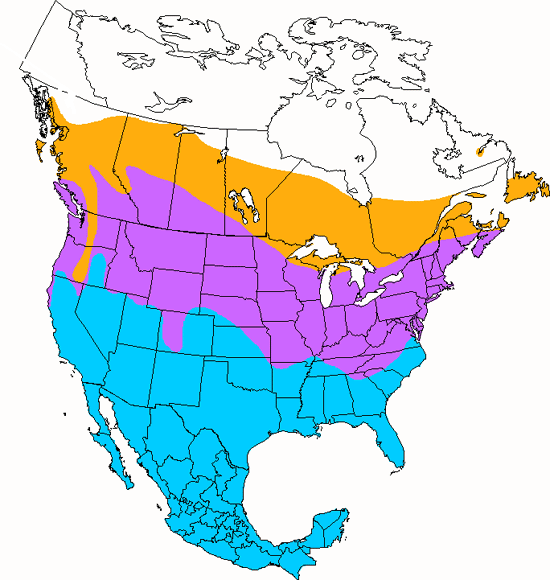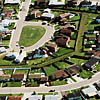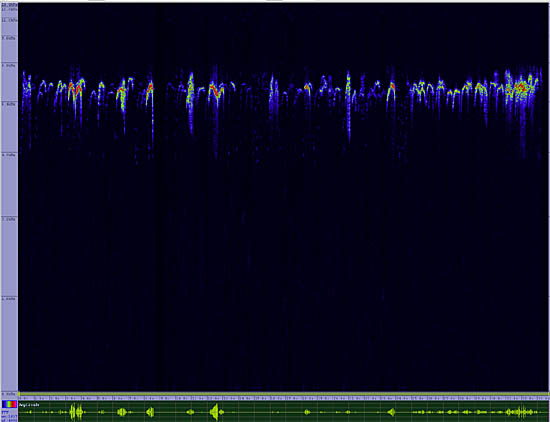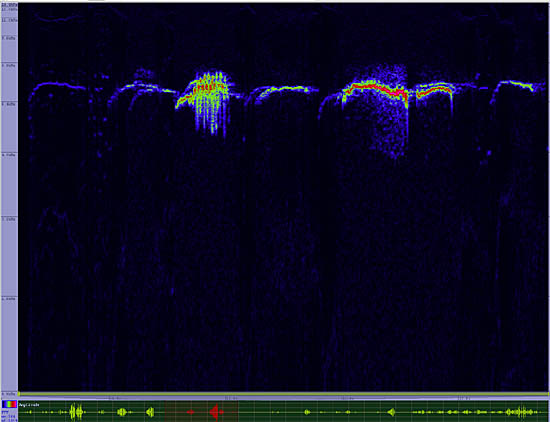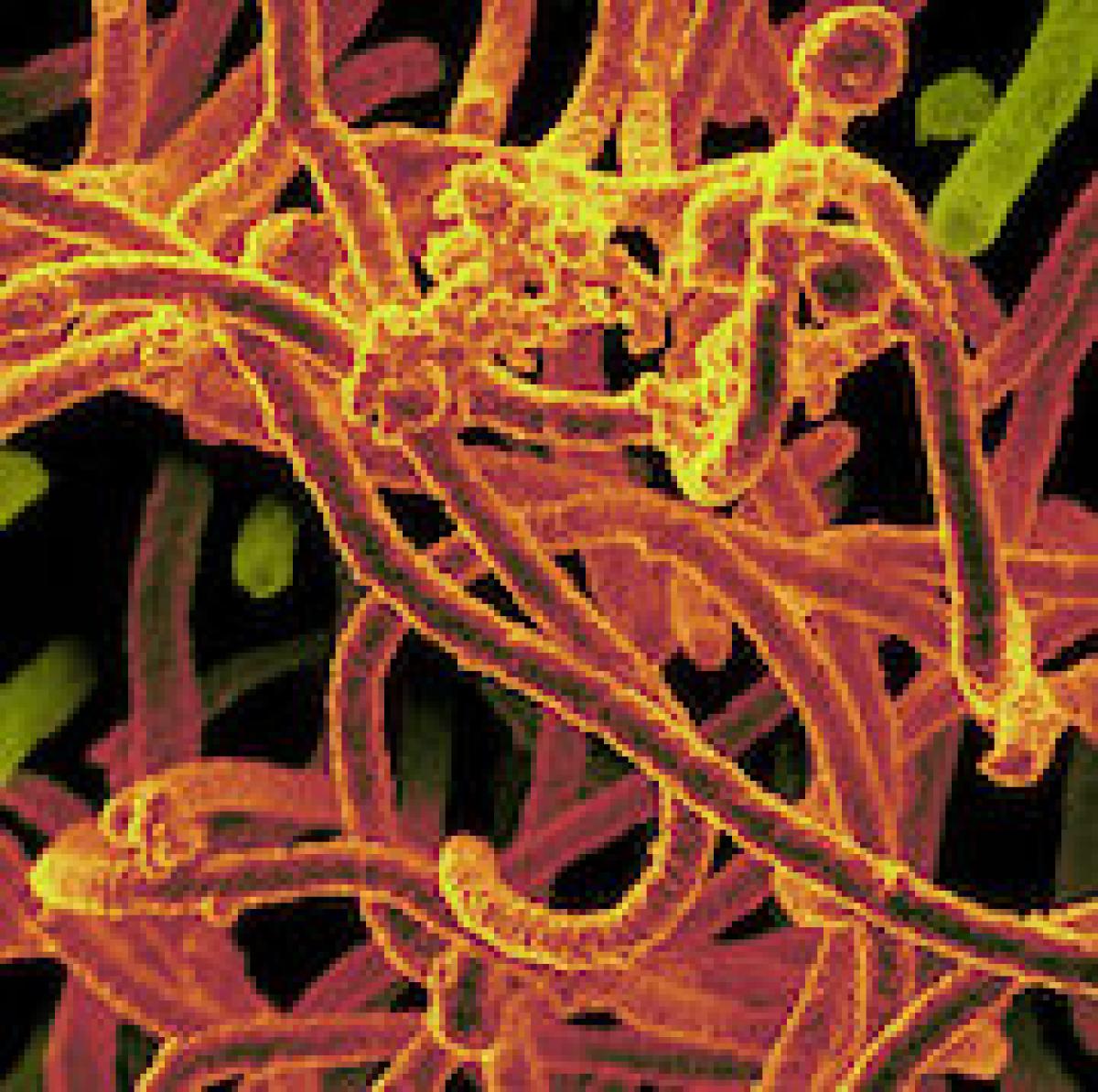Cedar Waxwing
Bombycilla cedrorum

Perching
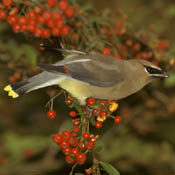
Length: 7 in. (18 cm )
During migration and the winter, tight flocks of this subtly colored species are likely to show up any where there are fruits available - in cities, suburbs or open forests. The red tips on the wing feathers look like wax and thus the name. Insects are only eaten to feed young nestlings. The nest is a bulky affair placed at mid to high levels of a tall tree.
The four-digit banding code is CEDW.
Bibliographic details:
- Article: Cedar Waxwing
- Author(s): Dr. Biology
- Publisher: Arizona State University School of Life Sciences Ask A Biologist
- Site name: ASU - Ask A Biologist
- Date published: 13 Jul, 2017
- Date accessed: 20 May, 2025
- Link: https://askabiologist.asu.edu/activities/bird/cedar-waxwing
APA Style
Dr. Biology. (Thu, 07/13/2017 - 15:36). Cedar Waxwing. ASU - Ask A Biologist. Retrieved from https://askabiologist.asu.edu/activities/bird/cedar-waxwing
Chicago Manual of Style
Dr. Biology. "Cedar Waxwing". ASU - Ask A Biologist. 13 Jul 2017. https://askabiologist.asu.edu/activities/bird/cedar-waxwing
MLA 2017 Style
Dr. Biology. "Cedar Waxwing". ASU - Ask A Biologist. 13 Jul 2017. ASU - Ask A Biologist, Web. https://askabiologist.asu.edu/activities/bird/cedar-waxwing
Be Part of
Ask A Biologist
By volunteering, or simply sending us feedback on the site. Scientists, teachers, writers, illustrators, and translators are all important to the program. If you are interested in helping with the website we have a Volunteers page to get the process started.



